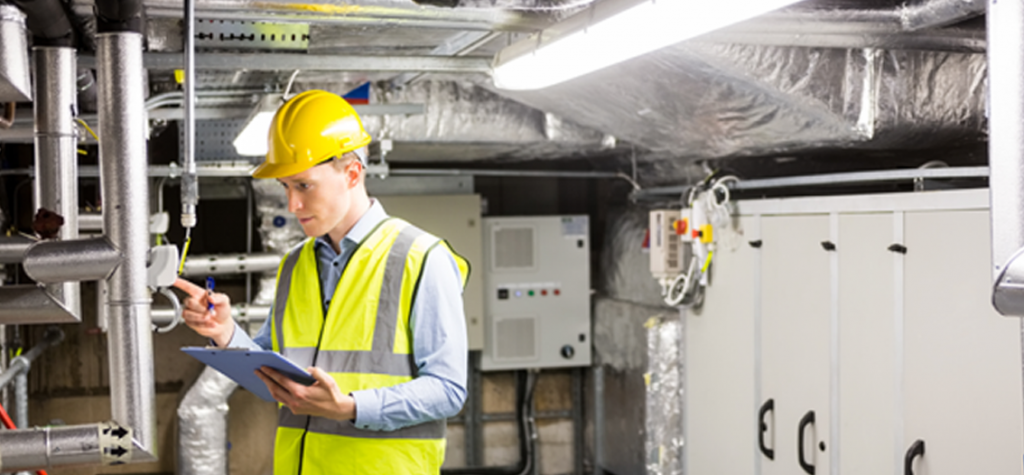RADON BASICS
Radon is a naturally occurring radioactive gas that comes from the decay of uranium found in small quantities in all soil and rocks. You can’t taste it, smell it and it has no colour.
- Health and safety law requires employers to ensure properties are radon safe
- You can’t taste it, smell it and it has no colour
- It can be controlled through active preventative measures
- Radon is the second largest cause of lung cancer in the UK
RADON SPECIFICS
Radon is actually all around us. Outside it’s not a problem because it disperses in air which means the levels we breathe in are usually very low and relatively harmless. But there are some places in the UK where geology results in higher levels indoors. It’s possible to see which areas are most affected with the National Radiological Protection Board maps. But as individual properties have different characteristics, the only way to know if you’re really at risk is to perform a radon test.
When the concentration of radon is really high, it does pose a serious risk to your health. In fact, health studies show that radon is responsible for 3–5% of all lung cancers in the UK – the second largest cause after smoking. And if you’re a smoker, this problem is compounded even further.
Through natural processes, the air pressure inside a building differs from the air pressure outside and that difference in air pressure increases as it gets colder outside. As a consequence radon gas will enter the property through cracks and gaps in the floor and walls. In order to improve heat comfort we often construct buildings to reduce ventilation, for example in the case of cavity wall insulation, double glazing and roof insulation. Over time, indoor radon levels can become excessive and harmful if it’s unable to escape and disperse.
Controlling radon is about reducing the quantity that can get inside the building, usually through manipulating the internal air pressure, drawing radon away from the underneath of the building or using construction techniques to improve ventilation. There is no single solution as it depends on the building, however it’s usually relatively inexpensive. To ensure absolute impartiality on our risk assessment, we don’t offer remedial work directly, however we will project manage your solution with the right contractor to ensure an effective result.
Yes, you are. Radon can easily enter workplaces and there is legislation to ensure concentrations are kept at a safe level. The Management of Health and Safety at Work Regulations require employers to complete a radon risk assessment if they occupy a radon affected area or have a basement area that is occupied for more than an hour a week. The Ionising Radiation Regulations (IRR17) require remedial action if the radon level exceeds 300 Becquerels in a workplace or 200 Becquerels in a domestic environment (such as a room in a care home) over an annual average. The regulations require employees and the HSE to be notified if these levels are exceeded and appoint someone to oversee protection measures. We can help with this.
0
fatalities from radon in Europe each year
0
Smokers are 25 times more likely to be affected by radon
0
hours a day with radon levels of 750 Bq M3 is like smoking a pack a day
0
Radon is the no.1 cause of lung cancer in non-smokers
BOOK RADON TEST
BOOK RADON TEST
Our radon risk assessment experts are ready to help
All employers must fulfil their radon safety requirements. Whether you have a small, medium or large property portfolio, we’ll help make your workplace radon safe.
RADON HAS NOWHERE TO HIDE
We use state of the art radon detectors that are discreet and highly accurate. These are installed in line with HSE guidance around your workplace to ensure effective results are communicated.
